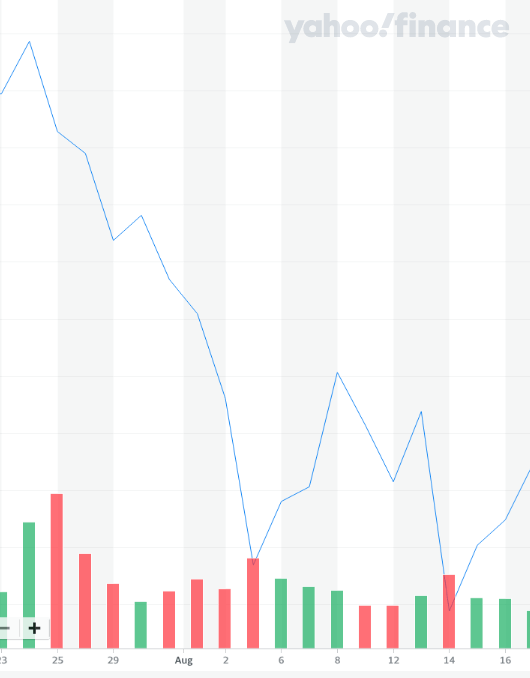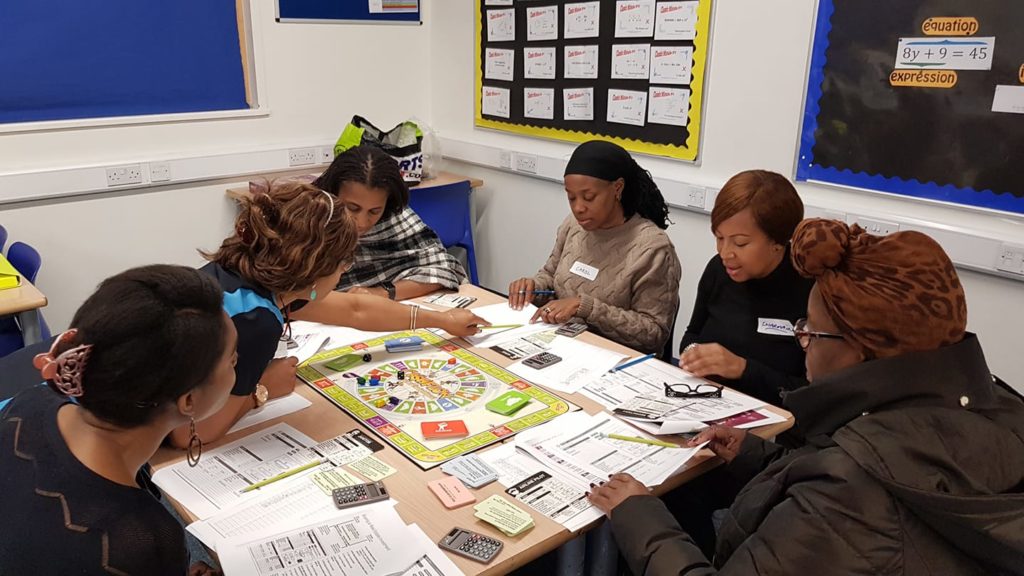

Payday simulates money management by asking players to allocate their monthly paycheck in order to meet monthly expenses, all while creating a savings fund. This board game is best suited for two to four players, ages 8 and up. For an extra challenge, try Big Payday, a $50 customizable version that allows you to add events and change the number of days in the month. To win, you must prove your budgeting skills and save as much money as possible by the game’s end.Īnother board game with several iterations, Payday retails for about $20. The game board resembles a calendar and allows players to earn a wage at the end of the month after accumulating bills and expenses. Made by Parker Brothers, Payday was launched in 1975.

Math is a crucial component of early childhood development, and Money Bags encourages algebraic thinking in children.

Just be sure to monitor younger children as the game pieces pose a choking hazard. Money Bags recommends that players are at least 7 years old, although reviewers have used the game with children as young as 4. Players who earn more money than their opponents are crowned the winner!īest for two to four players.
#HOW TO BUY STOCKS LIKE CASHFLOW 101 GAME IN REAL LIFE FREE#
A free digital version of the game is offered on Kiyosaki’s website with sign-up. Originally called Cashflow 101, the new edition, CASHFLOW, has an updated board, playing cards, professions, and includes an exclusive strategy guide all for $80. CASHFLOWĬreated by renowned entrepreneur Robert Kiyosaki, the author of “Rich Dad Poor Dad,” CASHFLOW encourages players to escape the rat race of a 9 to 5 job by acquiring stocks, investing, and building up passive income. Here are the top board games-both classic and new-to teach essential financial literacy skills to a range of ages. (Remember saving up your Monopoly money to buy Park Place?) Plus, there’s a whole crop of new games dedicated to personal finance topics. There are a number of classic finance-related board games that teach money-management skills. But if you want something a little more, shall we say, material, board games might be just what you’re looking for. In today’s digital era, there’s no lack of apps and online lessons to teach personal finance. Even harder? Making the lessons engaging enough that kids will want to learn.Ī great solution is to use games to teach the core concepts of financial literacy.

Topics might seem too advanced, and it’s tough to make them relevant when a child might not even have an allowance yet. In fact, it’s the best time.īut finding a way to teach financial literacy to children can be challenging. Childhood is a great time to begin learning about money.


 0 kommentar(er)
0 kommentar(er)
